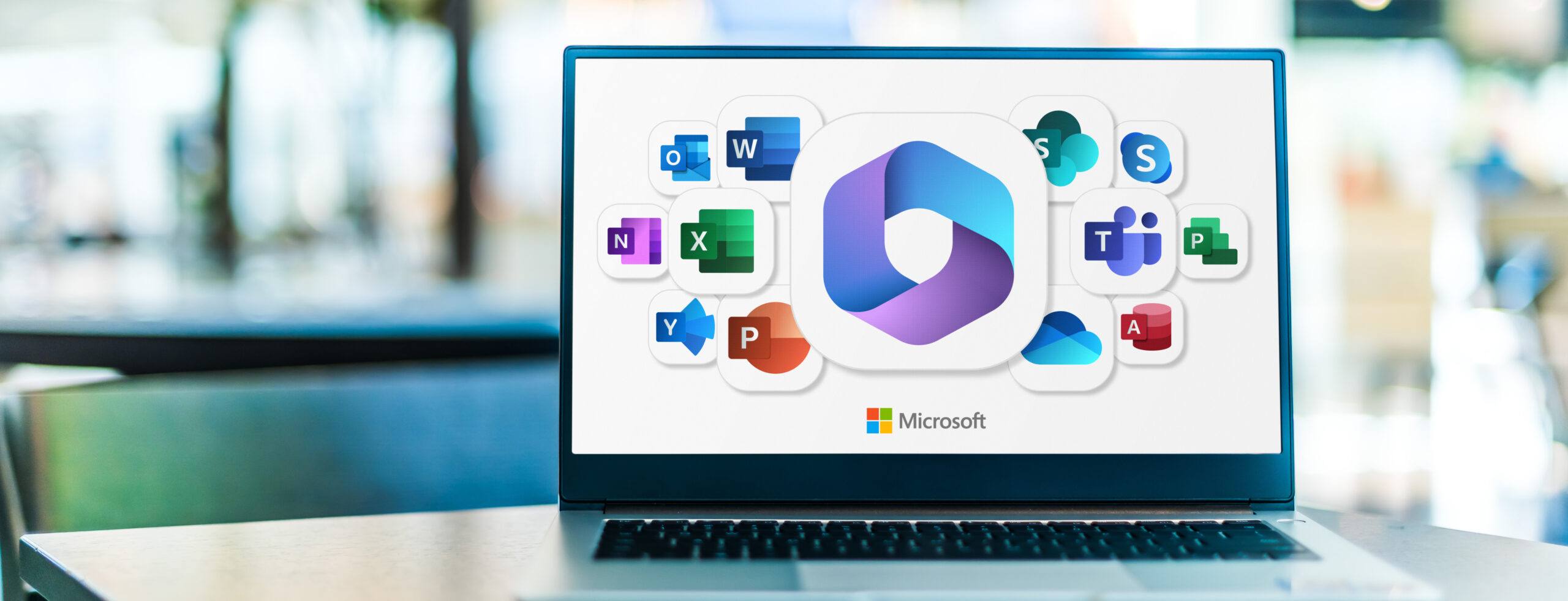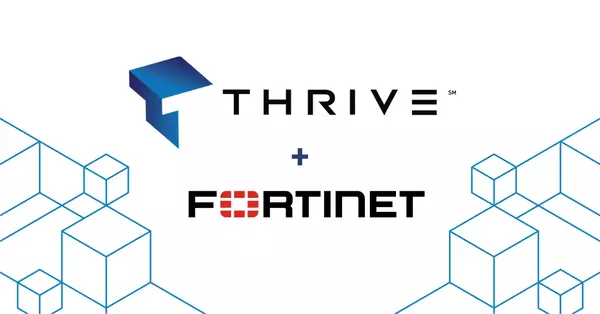Endpoint Detection and Response
Real-Time Endpoint Protection Against Advanced Threats
Thrive’s Managed Endpoint Detection and Response service provides real-time, fully automated security with orchestrated threat containment.
What Is EDR and Why Your Business Should Have It
Endpoint Detection and Response reduces security risk by detecting malicious activity, preventing malware infection, and defusing potential threats to workstations and servers. Automated response and remediation procedures can prevent data exfiltration and help organizations contain breaches and ransomware damage.
Thrive’s managed Endpoint Detection and Response service is powered by best-of-breed EDR technology that delivers threat protection both pre- and post-infection in real-time.


How Thrive Can Help
EDR can be difficult to implement and support without trained staffing who can quickly respond to threats to endpoints when they happen.
Thrive’s Managed EDR delivers automated threat blocking and 24x7x365 monitoring by our security operations centers staffed with cybersecurity experts who investigate and respond to threats detected by the EDR platform.

Driving Better Business Outcomes
“Thrive enhanced our cybersecurity posture by adding 24×7 monitoring & response from its Security Operations Center. We have peace of mind knowing that we are following industry best practices.”
Let’s Find the Best Fit for Your Company
Leveraging best-of-breed technologies, Thrive provides multiple EDR options to meet different security needs and budgets.
Thrive Managed EDR Services
Thrive partners with several leading EDR technology providers, including Fortinet and SentinelOne, to bring clients next-gen threat detection and response. These solutions leverage threat intelligence, machine learning, and other behavioral analysis to protect critical data and prevents breaches.
The Thrive SOC utilizes these tools to analyze attacks, isolate endpoints, and track malicious activity from the initial incident through remediation.
Benefits include:
- Protection, detection, and remediation of file-based and fileless malware, including advanced persistent threats
- Real-time automated prevention of ransomware encryption
- Data exfiltration, detection, and protection
- Thrive 24x7x365 SOC investigation of malicious or suspicious events
- Full-service management of software exclusions and alert tuning

Managed EDR for Microsoft
Microsoft Defender for Endpoint is a powerful security tool that many organizations already own as part of their Microsoft 365 license. Thrive’s Managed EDR for Microsoft service ensures you get the maximum return on your investment.
With Thrive’s Managed EDR for Microsoft service, you gain:
- Configuration and management of Microsoft Defender for Endpoint
- 24×7×365 monitoring and investigation by the Thrive Security Operations Center
- Integration with Thrive’s cybersecurity mesh architecture for intelligence and orchestration
- Rapid response and remediation to mitigate threats quickly
Advanced Threat Detection and Response
Managed EDR is a perfect complement to Thrive’s Managed Detection & Response (MDR) service and is available as part of our MDR Advanced bundles.
MDR Advanced packages enable Thrive SOC to take direct mitigation action and provide end-to-end remediation for Thrive MSP clients. And for clients that manage their own infrastructure, these mitigation actions buy time for clients to remediate issues with Thrive guidance.


Protect All of Your Endpoint Devices
Thrive’s Managed Endpoint Detection and Response services allow for business continuity if an attempted breach or security event occurs. We help protect critical data by keeping systems online – saving you time and money.
Contact Thrive Today



